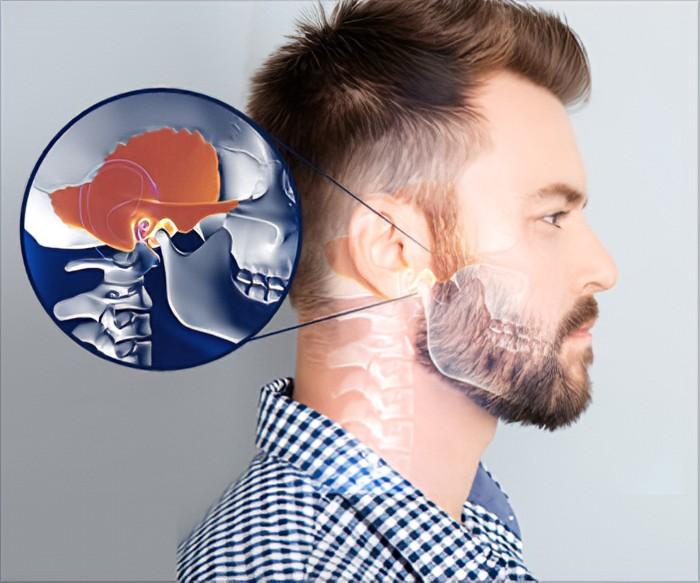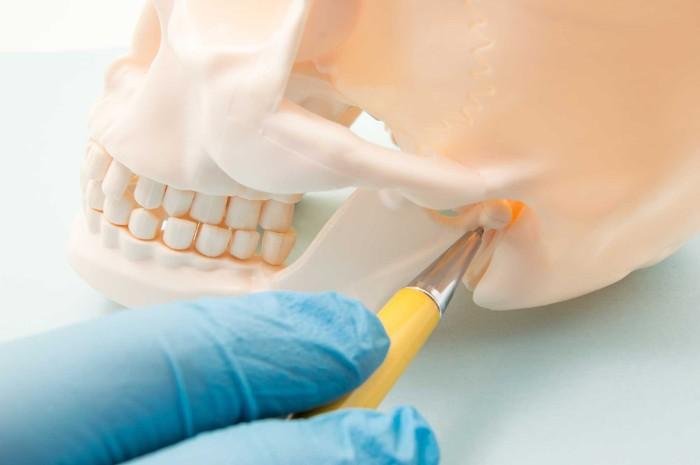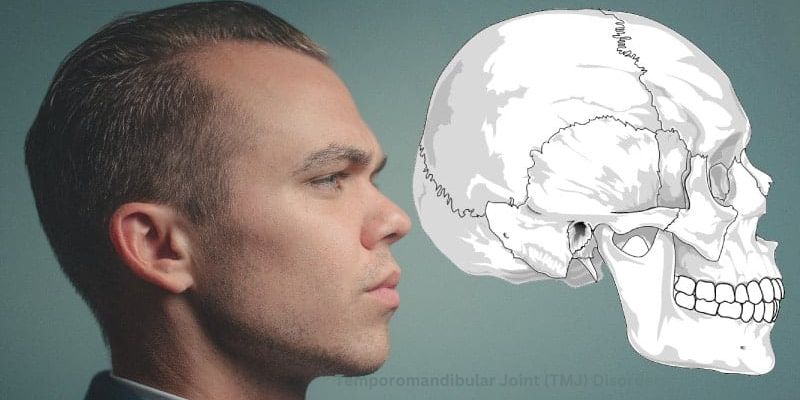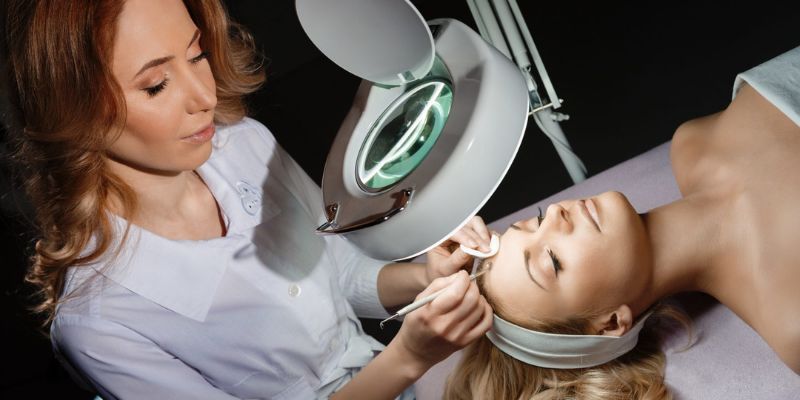Do you ever feel jaw pain, popping, or clicking? You may be suffering from temporomandibular joint (TMJ) disorder. TMJ affects millions of adults and is a serious condition that can cause chronic pain and discomfort in the jaw and face.
It is often accompanied by other symptoms such as headaches, earaches, dizziness, ear ringing, teeth grinding, or jaw clenching. Understanding TMJ disorder and its causes can help individuals learn more about treatment options to find relief from this common issue.
In this blog post, we'll discuss what TMJ Disorder involves and potential causes &'' treatments for those affected.
What is TMJ, and what are the common symptoms of TMJ disorder
The Temporomandibular Joint (TMJ) is a joint that connects the lower jawbone to the skull. TMJ disorders affect the functioning of this joint, leading to pain and other symptoms in the face, neck, and shoulders. Common symptoms of TMJ disorder include:
- Pain or tenderness in the jaw, face, neck, or shoulders
- A clicking or popping sound when opening and closing the mouth
- Difficulty chewing or an uncomfortable bite sensation
- Limited ability to open the mouth wide
- Pain in the ear without any infection.
If you are experiencing one or more of these symptoms, you must seek medical advice from your doctor or dentist to diagnose and treat the condition.
Causes of TMJ disorder and how they can be treated

Problems with the jaw muscles or the joint itself cause TMJ disorders. The most common cause is overuse and tension in the jaw muscles, which can be brought on by grinding your teeth, clenching your jaw, or even stress. Other causes can include trauma to the jaw, such as an injury from a car accident or sports-related incident, arthritis, and dental problems.
Treatment for TMJ disorders typically focuses on relieving pain and restoring normal jaw function. Treatment can involve physical therapy exercises to help relax the jaw muscles, heat, cold therapy to reduce inflammation, medications to reduce pain and inflammation, splints or mouth guards to protect the jaw from grinding or clenching, and even surgery.
Talking to your doctor if you are experiencing TMJ disorder is important. Your doctor can recommend the best treatment plan for your symptoms. With the right treatment, you should be able to find relief from the pain and discomfort of TMJ disorder.
Tips to help manage pain associated with TMJ disorder
1. Rest your jaw: Try to reduce the amount of talking, eating, and yawning you do throughout the day. A soft diet may also be beneficial as it puts less strain on your jaw muscles.
2. Relax the muscle: Place a warm compress over your jaw or take a hot shower to help relax the muscles in your jaw.
3. Avoid Triggering Activities: Avoid activities that aggravate the pain, such as gum chewing, biting your nails, or grinding your teeth.
4. Posture: Pay attention to your posture and ensure that you sit with good posture for long periods if you work at a desk job.
5. Exercise: Strengthening your neck and jaw muscles can help ease pain. You can do several exercises to target these muscle groups, such as chewing gum or tongue exercises.
6. Massage: Gentle massages of the jaw, face, and neck can help relieve tension and tightness in the muscles associated with TMJ disorder.
7. Stress Management: Learning stress management techniques can help reduce the tension and pain associated with TMJ disorder. Mindfulness activities such as yoga, meditation, and breathing exercises are great ways to relax and reduce stress.
Following these tips can help manage your TMJ disorder and lessen its associated pain. If you have any questions or are concerned about your condition, please ask your physician for further advice.
Different types of treatments available for TMJ disorder

TMJ disorder is a painful condition affecting the jaw joint and surrounding muscles. Further damage. Here are some of the treatments for TMJ disorder:
- Pain medications: Over-the-counter pain relievers such as ibuprofen or naproxen may help relieve discomfort associated with TMJ disorder.
- Relaxation techniques: Stress can contribute to TMJ disorder, so relaxation methods such as yoga or deep breathing can help reduce tension in the jaw and neck muscles.
- Physical therapy: Massage and stretches of the jaw, face, and neck may increase the range of motion and reduce tension.
- Splints/mouth guards: Devices such as splints and mouth guards can help reposition the jaw and prevent further damage to the joint.
- Surgery: If other treatments fail, surgery may be necessary to repair the TMJ joint or replace it with an artificial joint.
If you are experiencing TMJ disorder symptoms, you must talk to your doctor or dentist to find the best treatment option. Proper treatment can reduce your pain and improve your quality of life.
FAQs
What are the symptoms of TMJ disorders?
The most common symptom of Temporomandibular Joint (TMJ) Disorder is pain or tenderness in the jaw, face, and neck region. Other symptoms may include difficulty opening and closing the mouth, limited range of motion when opening and closing the mouth, lockjaw, clicking sounds when moving the jaw, headaches, earaches, and facial fatigue.
Can TMJ disorder be cured?
Temporomandibular Joint (TMJ) disorder is a group of conditions that cause pain in the jaw and surrounding structures. There are many treatments for TMJ disorder, but it is important to note that there is no one-size-fits-all solution. Depending on the individual case and severity level, TMJ disorder can be managed through lifestyle changes, physical therapy, anti-inflammatory medications, and surgical intervention.
What is the most common TMJ disorder?
The most common type of TMJ disorder is called myofascial pain syndrome. This condition occurs when the muscles and other soft tissues around the jaw become inflamed or irritated, leading to pain in the face, neck, and shoulders.
Conclusion
In conclusion, it is important to be aware of the signs and symptoms associated with TMJ disorder and to pay special attention to any discomfort or pain that may occur. Seeking treatment for TMJ disorder may involve physical therapy, lifestyle changes, medications, and possible orthodontic treatments. The key is to identify the issue early on and make modifications as soon as possible to minimize discomfort and prevent further damage.



